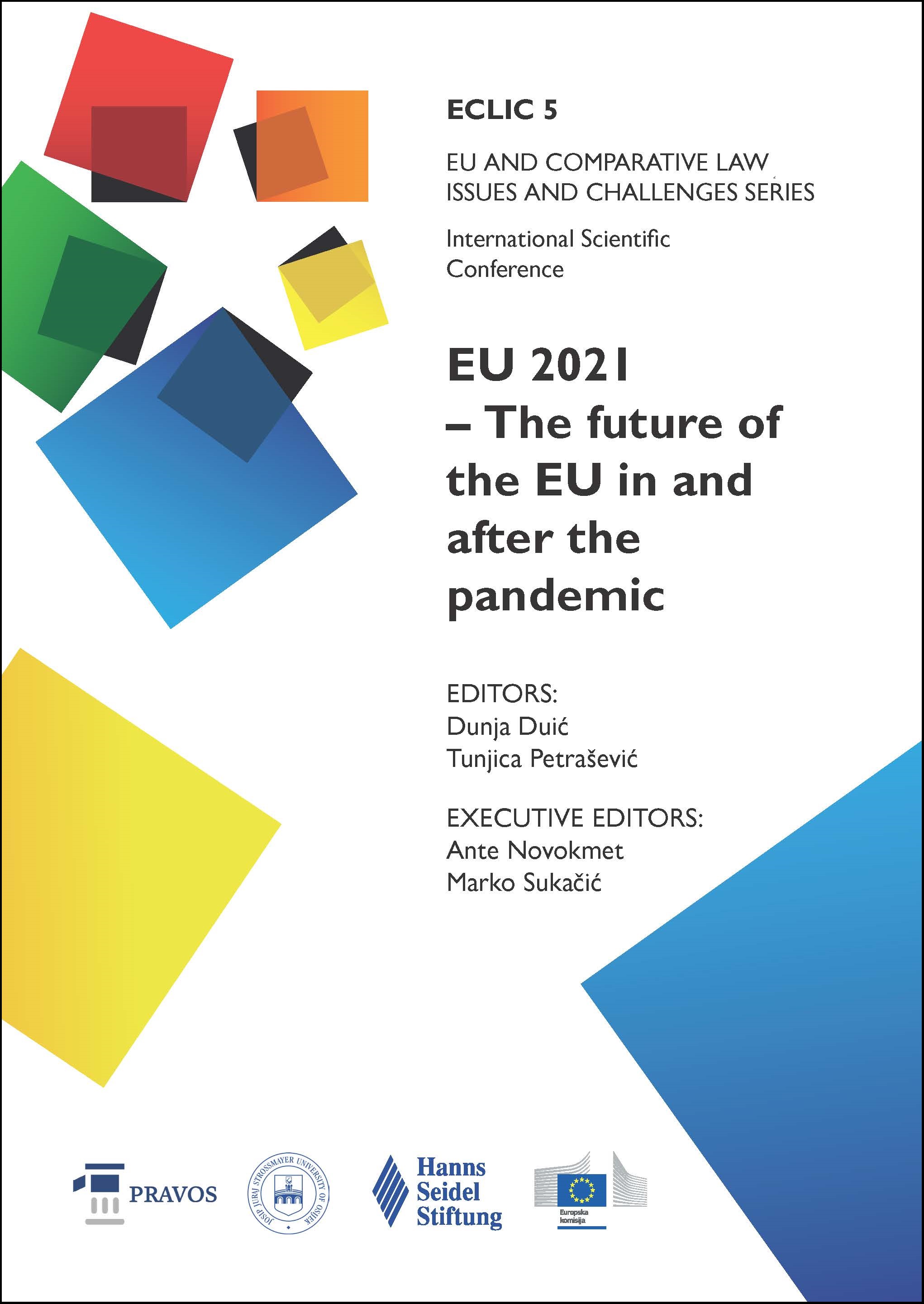THE INSTITUTE OF VULNERABILITY IN THE TIME OF COVID-19 PANDEMIC
ALL SHADES OF THE HUMAN RIGHTS SPECTRUM
DOI:
https://doi.org/10.25234/eclic/18354Abstract
The vulnerability thesis is one of the most important legal concepts in contemporary legal theory. Apart from being studied by legal scholars, the notion of vulnerability has been embodied in concrete legal rules and transferred to national case law allowing courts to set its boundaries by the power of judicial interpretation. Even though it would be hard to contest Schroeder and Gefenas’s statement that it is not necessary for an academic to say what vulnerability is because common sense dictates the existence of it, recent scholarly analysis clearly shows that the concept itself has become intolerably vague and slippery. More precisely, it is not quite clear what the essence of vulnerability is and what the effects of its gradation as well as repercussions are on other constitutional institutes across the human rights spectrum. The noted vagueness poses a great concern, particularly in the time of COVID-19, the greatest social stressor that humanity has faced in recent months. The COVID-19 crisis has had untold consequences on our health, mental well-being, educational growth, and economic stability. In order for the state to bear the COVID-19 social burden and adequately protect the vulnerable, it is of the utmost importance to set clear guidance for the interpretation and implementation of the vulnerability concept. Seeking to contribute to literature on these issues, the author brings light to constitutional and criminal legal standards on vulnerability set within the current jurisprudence and doctrine. Bearing in mind the influence of the European Court of Human Rights (hereinafter, the ECtHR or the Court) on developments in human rights law, 196 judgments related to vulnerability have been retrieved from the HUDOC database using a keywords search strategy. The quantitative analysis was supplemented with more in-depth qualitative linguistic research of the Court’s reasoning in cases concerning vulnerable children, persons suffering from mental illness and victims of family violence. Although the vulnerability reasoning has considerably expended their rights within the ambit of the Convention, the analysis has shown that inconsistencies and ambiguities emerge around the formulation of the applicant’s vulnerability and its gradation with respect to positive obligations. The full creative and transformative potential of the institute of vulnerability is yet to be realized.
Downloads
Published
How to Cite
Issue
Section
License
Copyright (c) 2021 Dalida Rittossa

This work is licensed under a Creative Commons Attribution-NonCommercial 4.0 International License.
Authors retain the copyright on the papers published in the Journal, but grant the right of first publication to the Journal. Papers accepted for publication or already published in ECLIC of the Faculty of Law in Osijek may be published by the author(s) in other publications only with proper notice of its previous publication in ECLIC.


